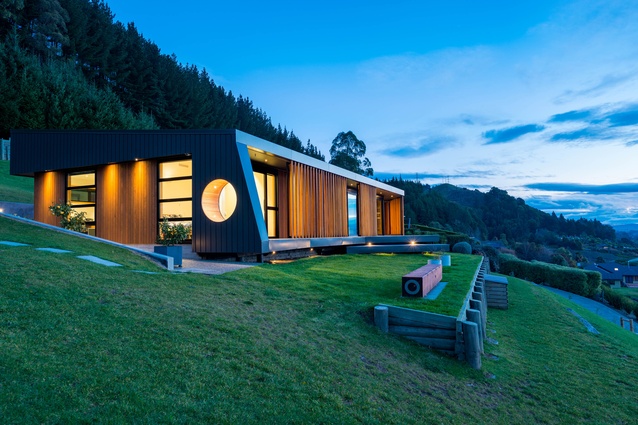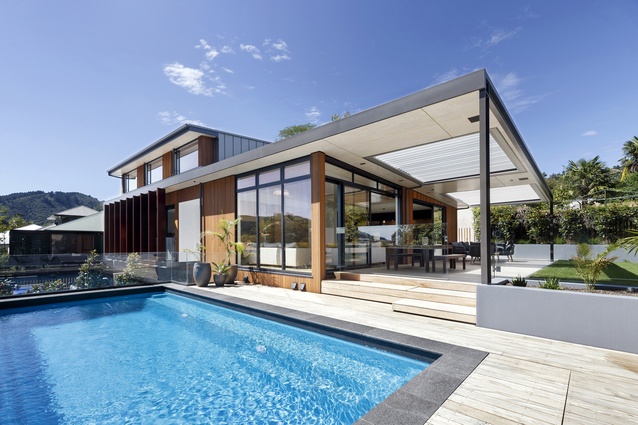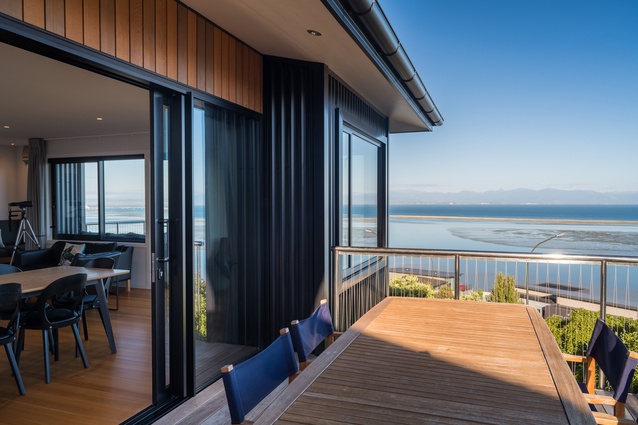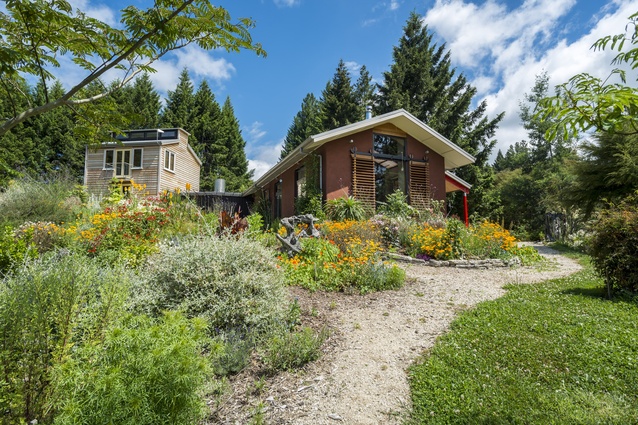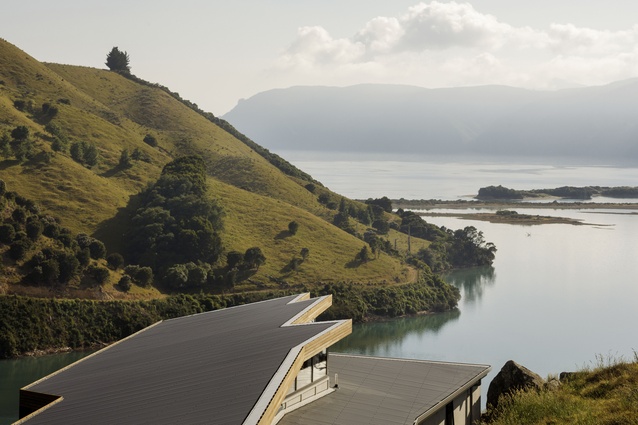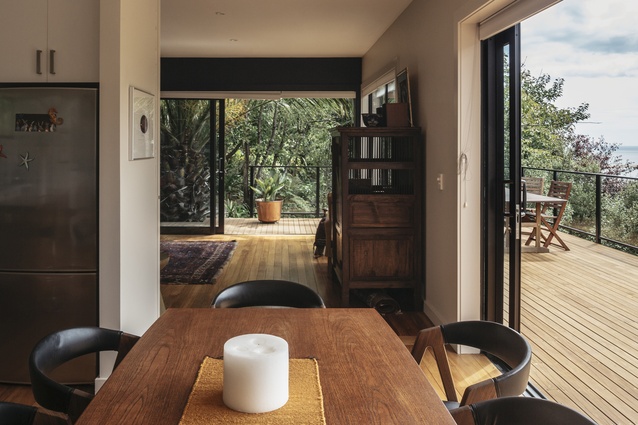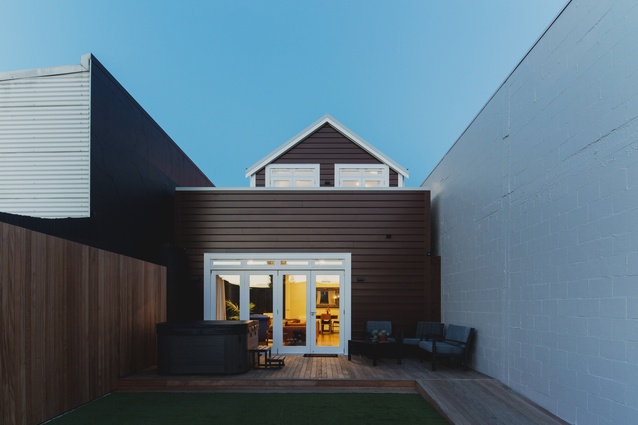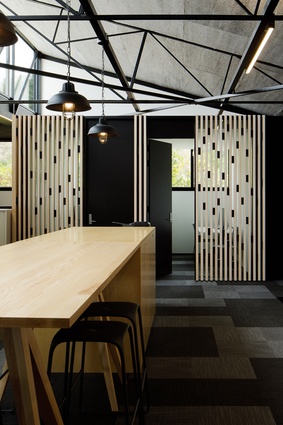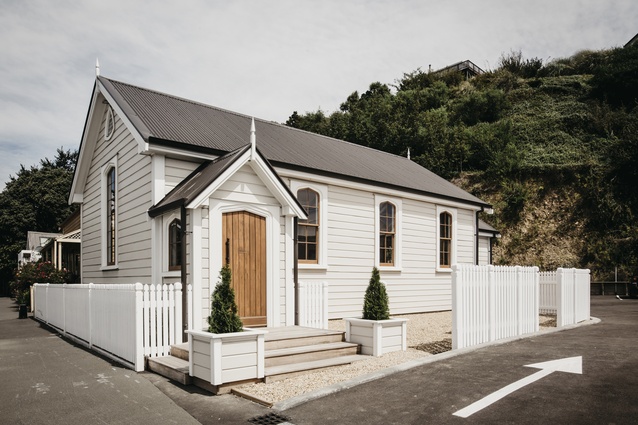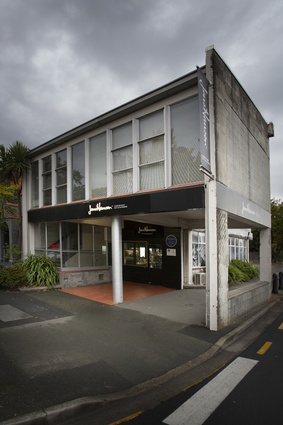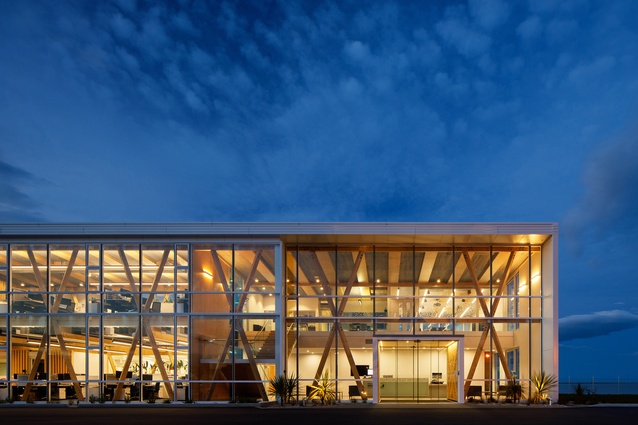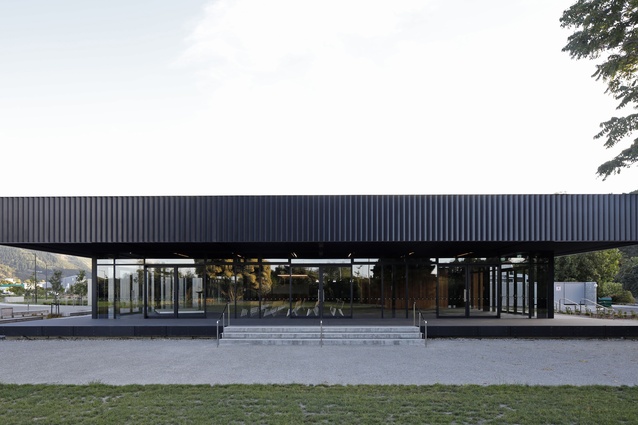2018 Nelson/Marlborough Architecture Awards
The New Zealand Institute of Architects celebrated the old and the new at the Nelson/Marlborough Architecture Awards with an event at the Nelson Centre of Musical Arts on 18 May. Experienced Nelson architect Ian Jack was the convenor of the jury and he was joined by Wellington architect Sharon Jansen, architect Stephanie Philips and designer Dave Knight, both from Nelson. Ian noted that although many of the awards given went to newly built houses, the jury was impressed by very good examples of public, commercial and heritage architecture as well.
See a full list of winners with jury comments below:
Housing Awards
Tasman View by Modo Architects
This house ensured a connection to the past. “Coming ashore after years on a yacht, the owners have been compensated with a new home that floats on the landscape like a carefully crafted vessel, aligned and conditioned to cope with the elements,” the jury said.
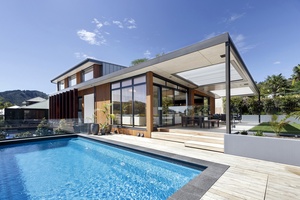
“Sliding screens regulate sun and wind, delivering afternoon shade and framing views within the expansive outlook. Within a rich enclosure of warm wood finishes, planning is efficient with everything given its place.”
Candish House by Jerram Tocker Barron Architects
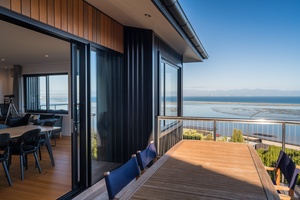
This house on Nelson’s Cathedral Hill was carefully composed, according to the jury. “The house elegantly contributes to the historic context of its mature, city-fringe site,” the jury said. “Working collaboratively, the architect and owner-builder have produced a beautiful and sophisticated home that is both immaculately built and carefully organised to meet evolving family needs.”
Mana Heights House by Continuum Architecture
This house is a “simple, highly efficient yet elegant home that puts strong emphasis on sustainability”, the jury noted. “The owners and architect have made conscious design decisions to achieve quality by limiting size, reducing material waste and embracing tight environmental performance – and less has certainly proven to be more.”
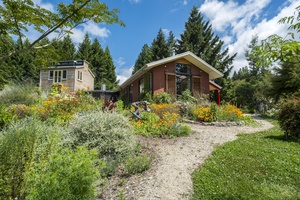
Kennedy de Leur House by Philip Kennedy Associates Architects
This house that was designed for the architect himself has excellent environmental credentials, the jury said. The house is a “joyous mirror of the owners’ personalities”. The jury commented, “It is also a distillation and album of the architect’s life of thinking about what a house is and should be. Doors open to veranda and garden, and rescued materials from the clients’ previous 1930s home ensure a warm connection to past lives.”
The new house is constructed of earth-red plastered straw bale walls. Though the original 1930s Chrsitchurch house was in a red-zone, the architects careful measuring allowed windows, doors, wardrobes, kitchen and bathroom to be included in the new build.
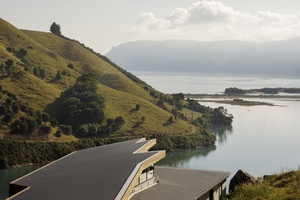
12 Year House by Irving Smith Architects
The architects said that this house took “Twelve years of getting ready and moving from farm to lifestyle”. Of particular note to the jury was the the precast concrete spine that embeds the house into huge boulders on a steep hillside site above Cable Bay.
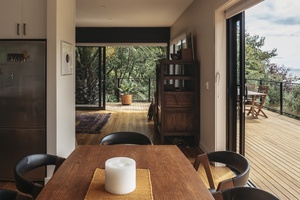
The judges commented, “The long, skinny form echoes the contours of the land, carefully framing a long, telescopic view over Delaware Bay Estuary and a framed panorama over Cable Bay Beach. A central opening in the cranked form has made a welcoming veranda entry for this compact, original and creative new home.”
Housing Alterations and Additions Awards
Poynters Crescent by Arthouse Architects
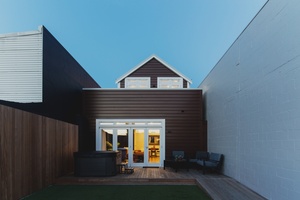
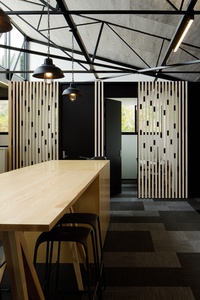
The jury said, “Virtually rebuilt from the base up, this tree house has been nestled into a sheltered bush-clad gully with special attention given to securing views of the bay below.”
“Fold-back windows celebrate the bush canopy, while the integrity and memory of the original home have been retained by using similar proportions and materials.”
Brown House by Redbox Architects
The jury praised this project as “an excellent demonstration of how small, awkward sites can be enlivened and opened up into very enjoyable living places”. They continued, “The street front is a simple restoration of the original façade, however, inside the colonial theme is abandoned for a quiet, contemporary apartment style.”
Interior Architecture Award
Port Nelson Offices by Jerram Tocker Barron Architects
This office suite, situated in Port Nelson, was praised by the jury. They said, “Structural strengthening, thermal and acoustic treatment and building services have been seamlessly integrated, with texture added by vertical wood screens, indoor plants and integrated murals that express the history of the port.”
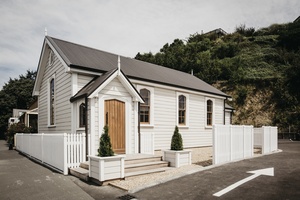
Heritage Award
Seafarers’ Chapel by Arthouse Architects
Though this chapel was “decrepit to the point of write-off”, it was thoroughly saved by an owner prepared to invest in its future. The jury commented that the architects updated the 154 year old building without “compromise to heritage values”.
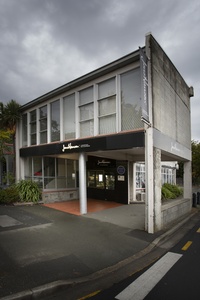
“The original chapel has been left intact. It is a beautiful space with an elegant trussed ceiling, requiring and given nothing but rigour and simplicity in its restoration.”
Enduring Architecture Award
Bowman Building by Alexander Bowman Architect
This 1961 Nelson building was designed to house the architects own practice. The jury said, ““This is a fine example of the priorities and aesthetic of early 1960s. “The materials are simple and unadorned. On the ground floor, a small retail space fills the space below the real reason for the building – the lofty, light-filled studio. This is a real gem of its era that is still in a marvellously original condition.”
Commercial Architecture Award
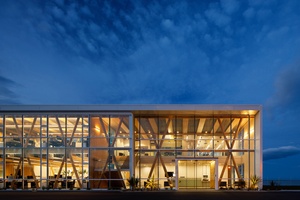
Plant and Food Research Facility by Jerram Tocker Barron Architects and Lab-works Architecture in association
A “fine new laboratory and research building on Nelson’s port edge,” the jury said. They continued, “The structure has been sculpturally expressed in an elegant timber system, sourced locally from three engineered-wood manufacturers. Inside, glazed walls visually link laboratories with offices for a rich communal working environment.”
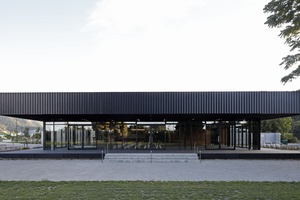
Public Architecture Award
Trafalgar Centre by Irving Smith Architects
This ”long and elegant pavillion” was designed for economical construction and the Centre makes a “beguilingly simple transition to the existing indoor sports stadium and park”.
Ian Jack said, “Innovative seismic strengthening work has saved the stadium from demolition, wide terraces and paved surfaces gracefully blend the building with park and river, and outdoor materials unite with indoor in the graceful transition across the threshold.”
All winners of the 2018 Nelson/Marlborough Architecture Awards are eligible for shortlisting in the New Zealand Architecture Awards, which will be decided later in the year and announced in November.

